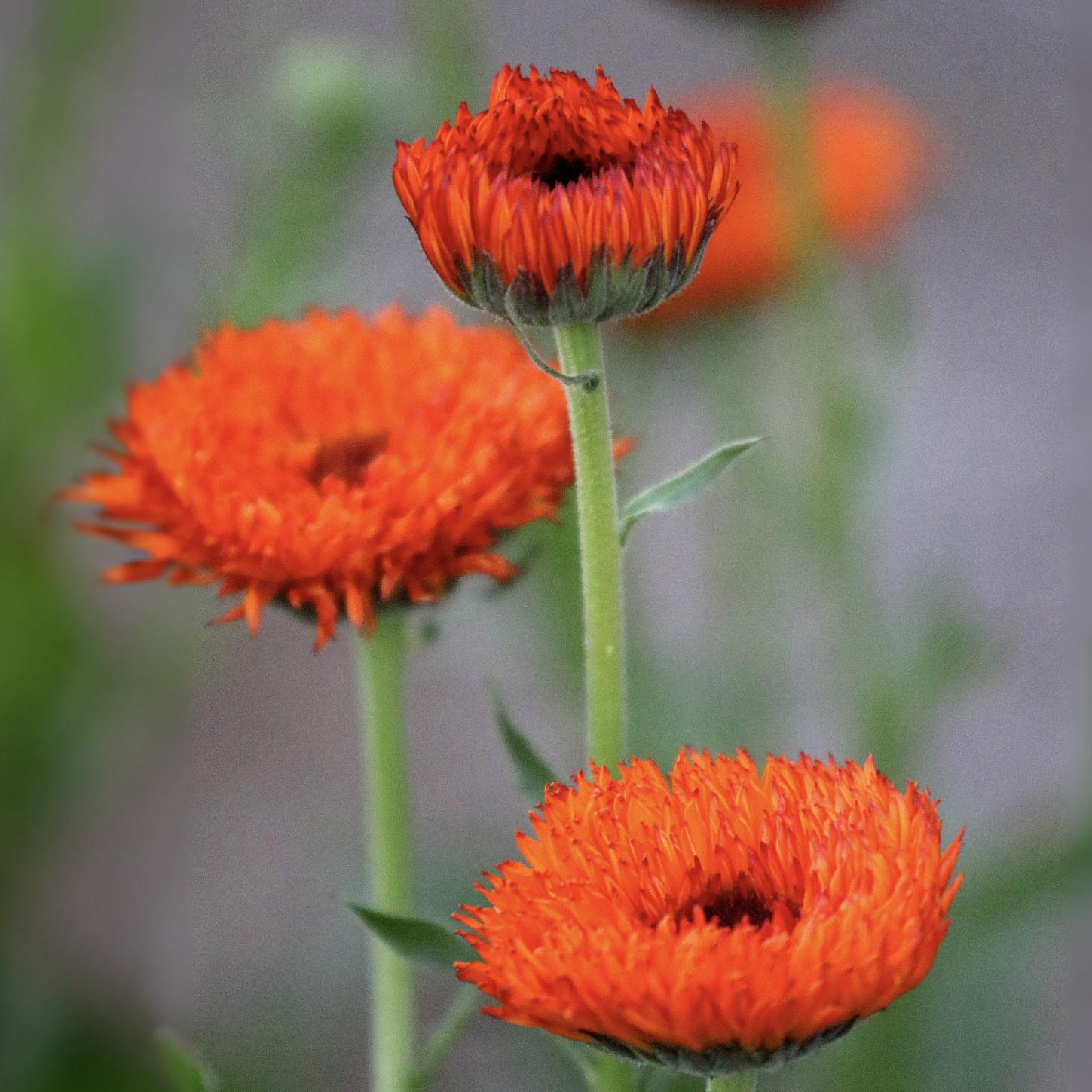
Education & Events
Education and seed access are at the heart of Seed Savers Exchange's nonprofit mission.
Speakers Bureau/Guided Tours
Have an event you'd like to invite a SSE staff member to present at? Please complete this event request form. Please note, as a nonprofit, Seed Savers Exchange depends on the financial support from hosting organizations to send our staff on the road. You may also use the Virtual Presentations form to request catalogs or other materials for your event. To request a guided tour of Heritage Farm (available May-September) complete the appropriate form and a staff member will reach out to confirm.

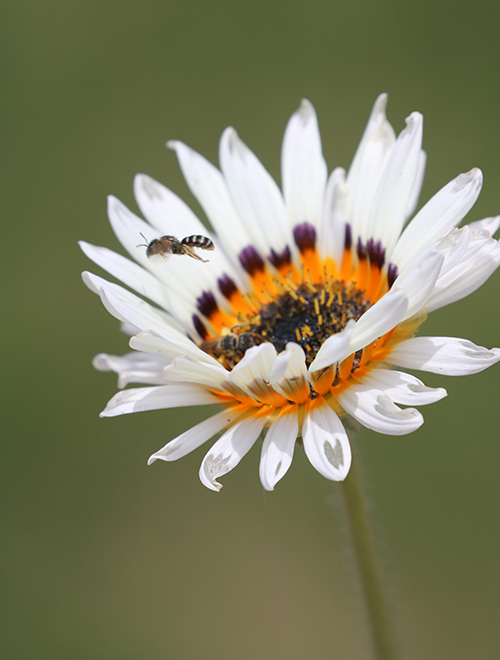

Gardening & Seed Saving Guides
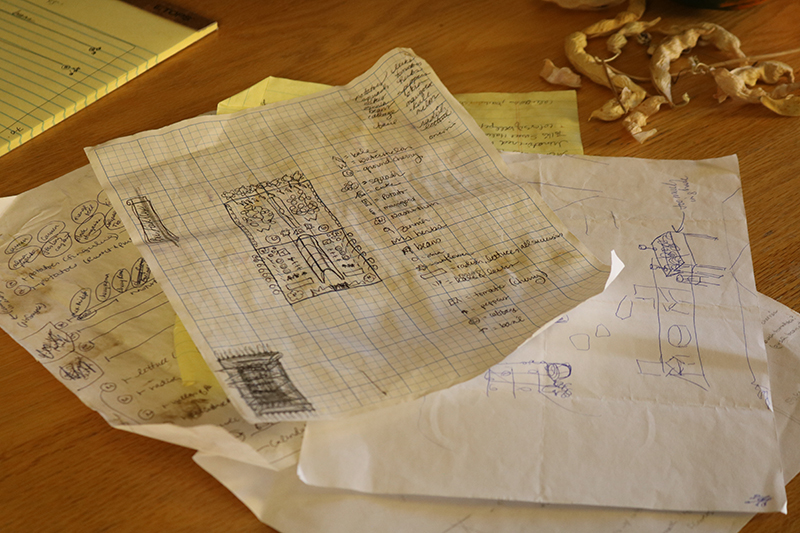
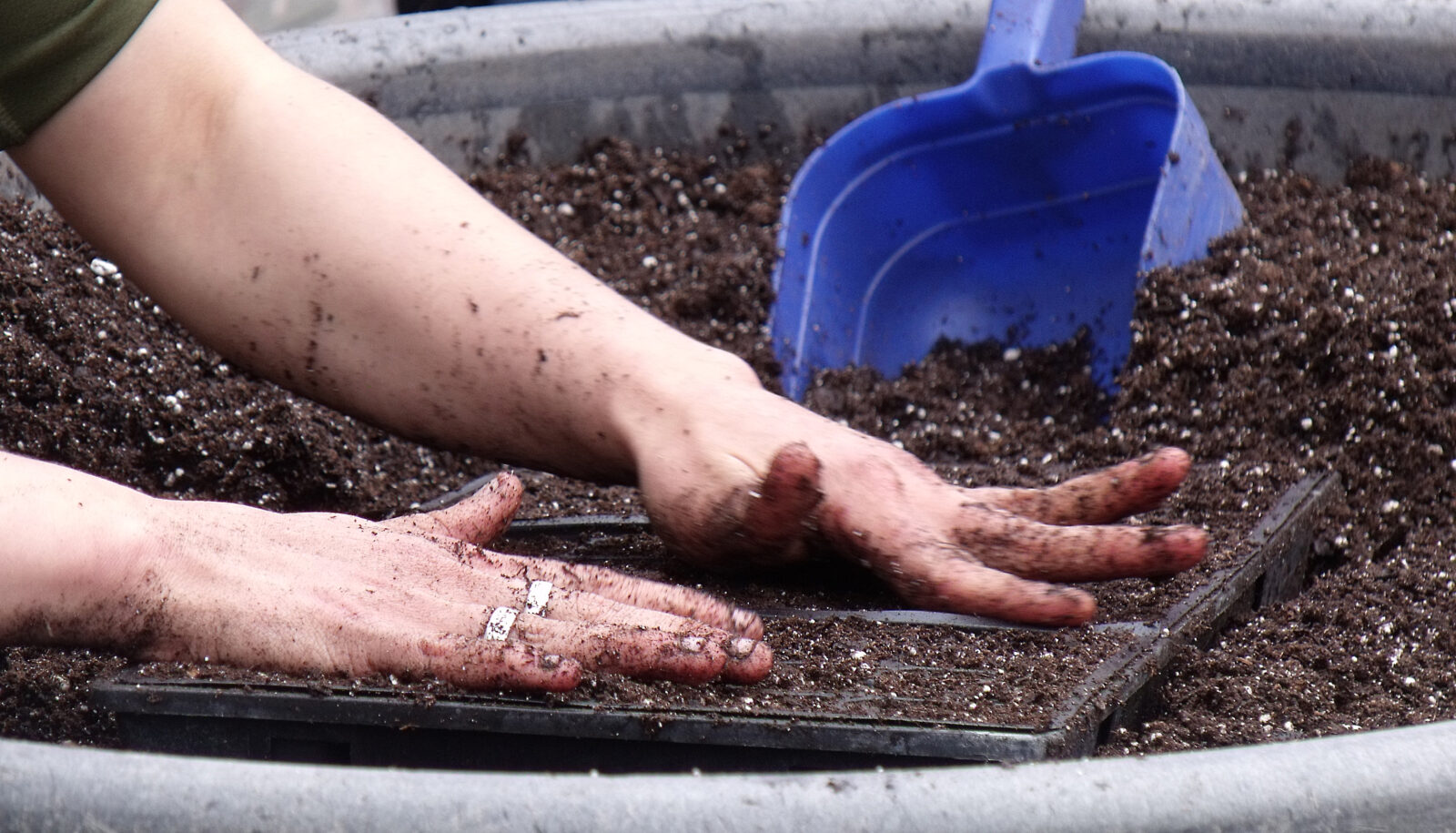
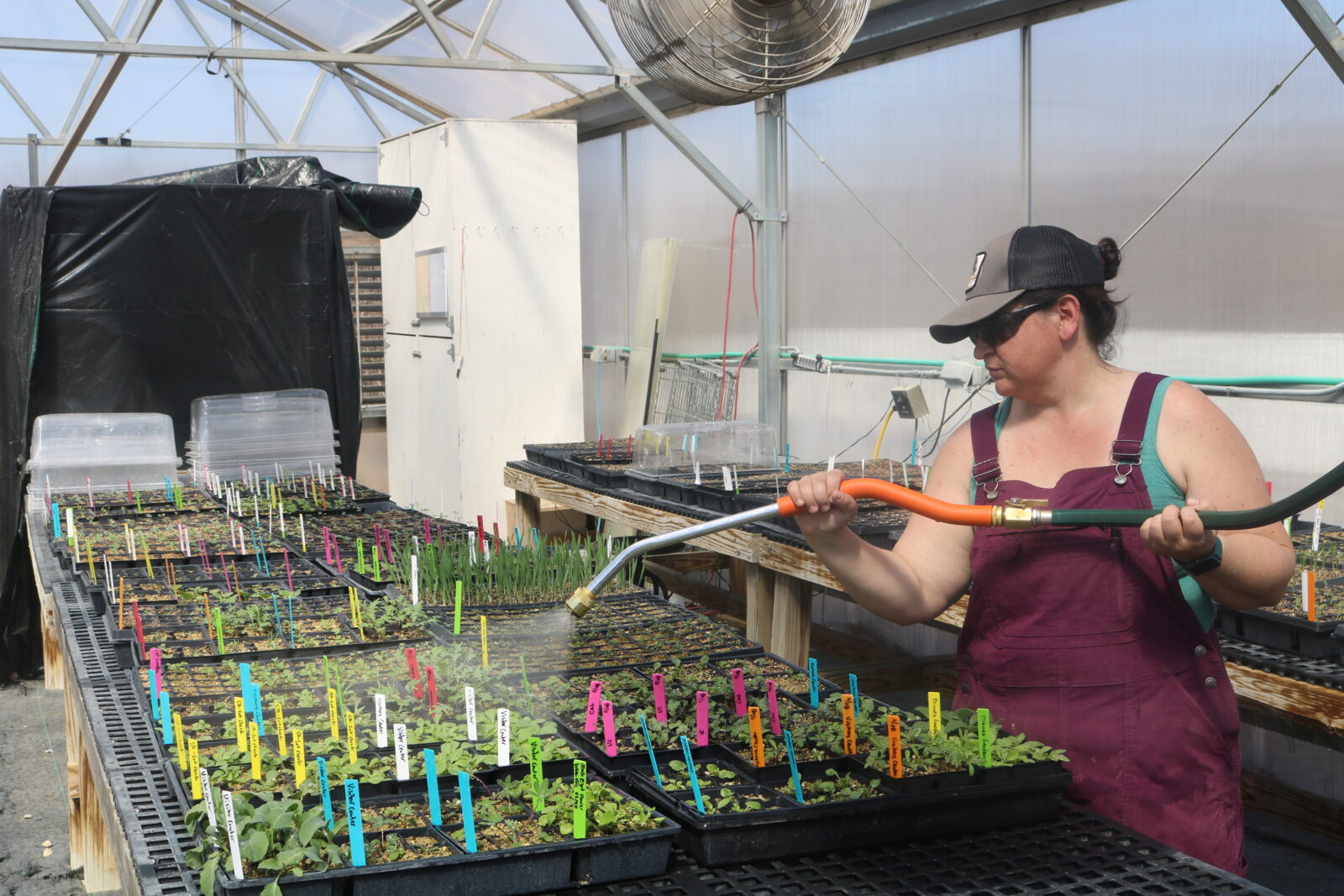
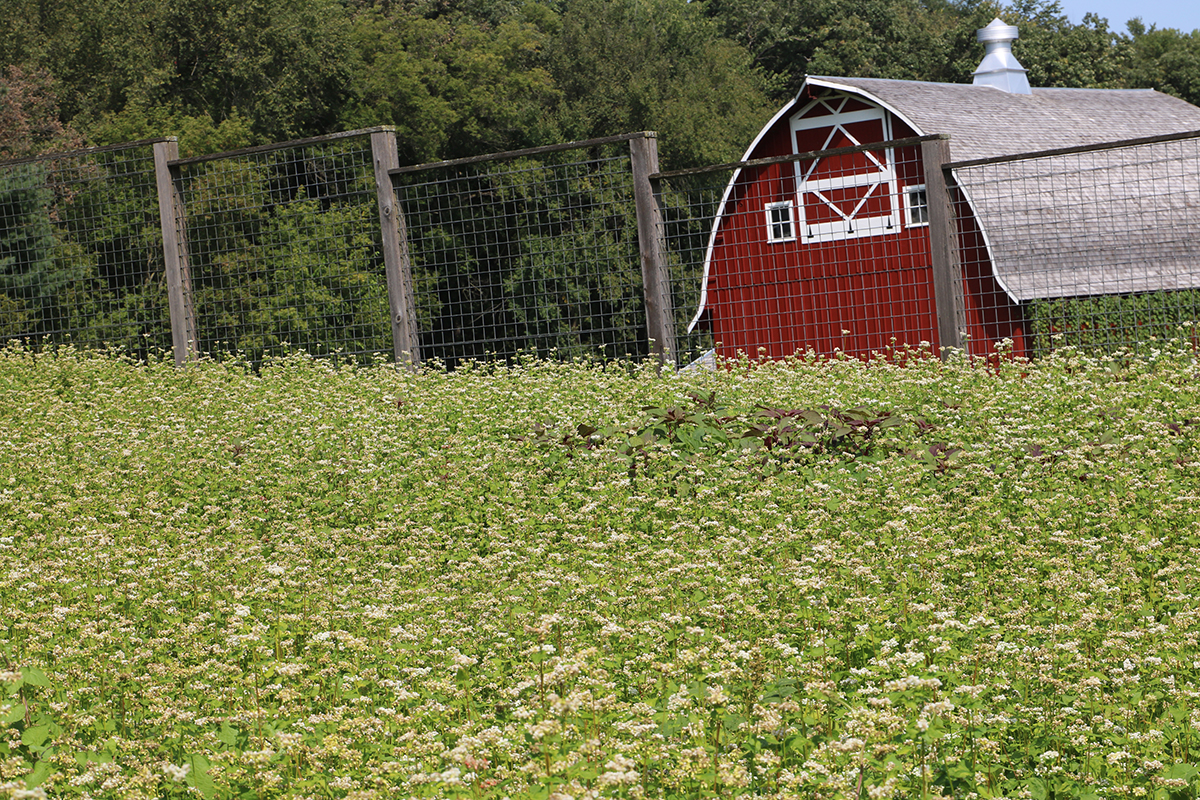
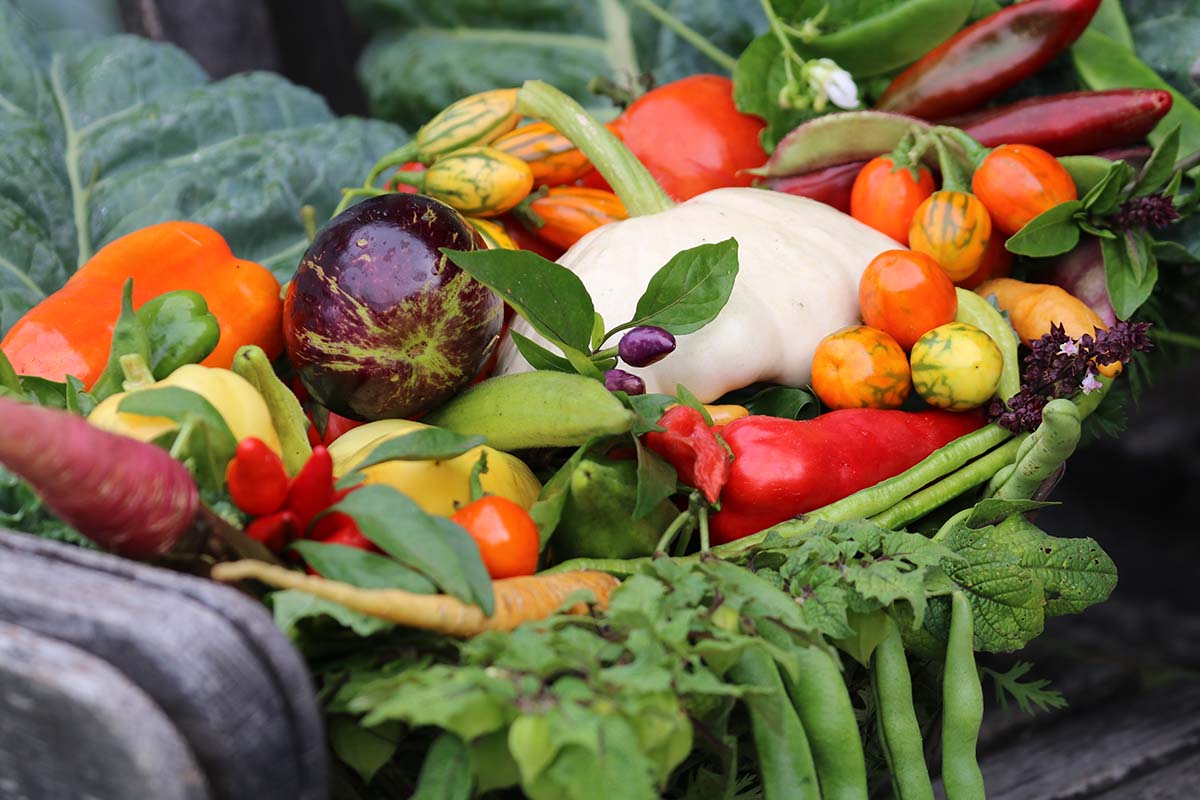
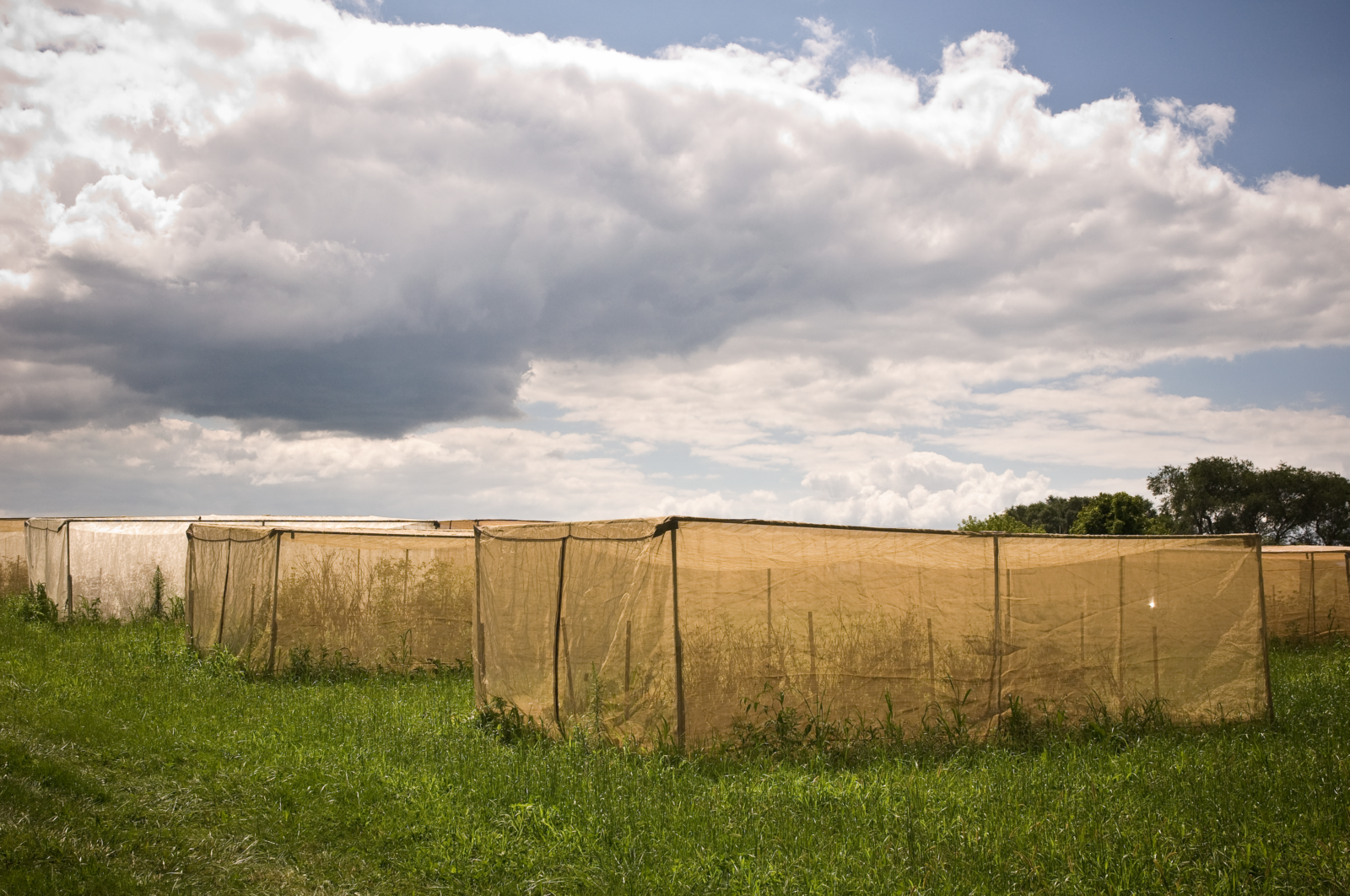
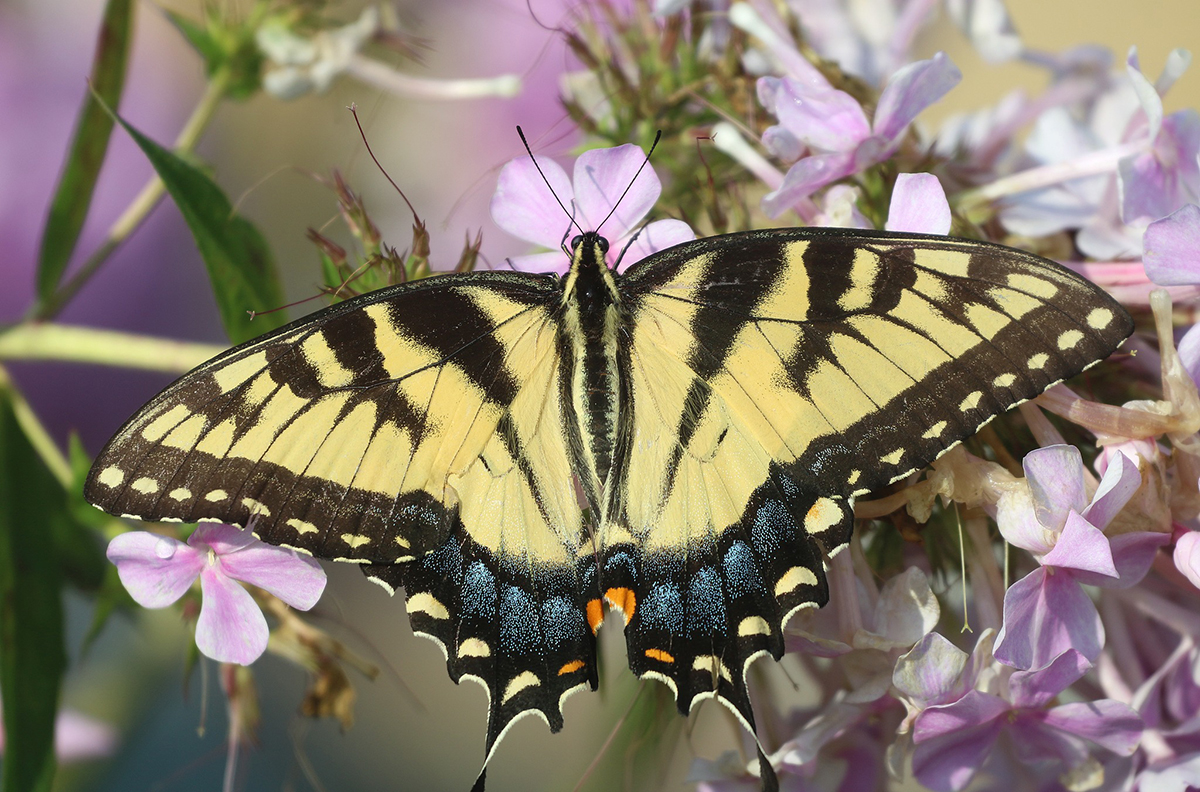
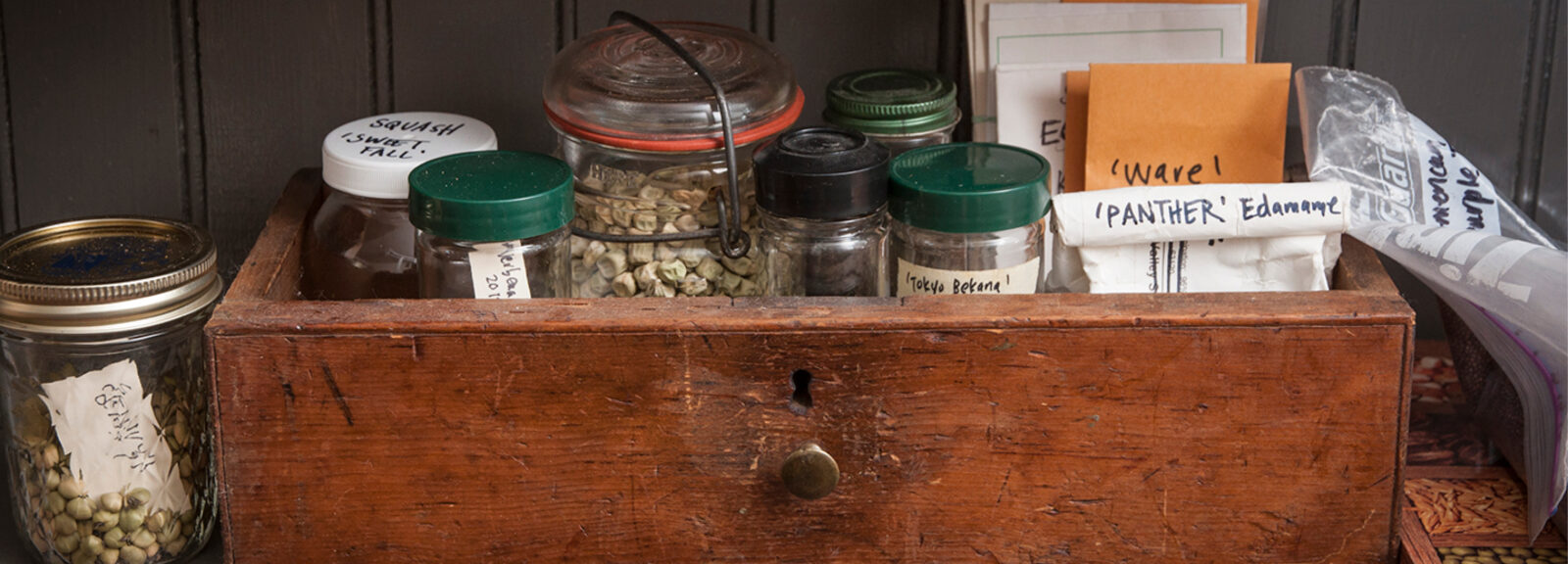
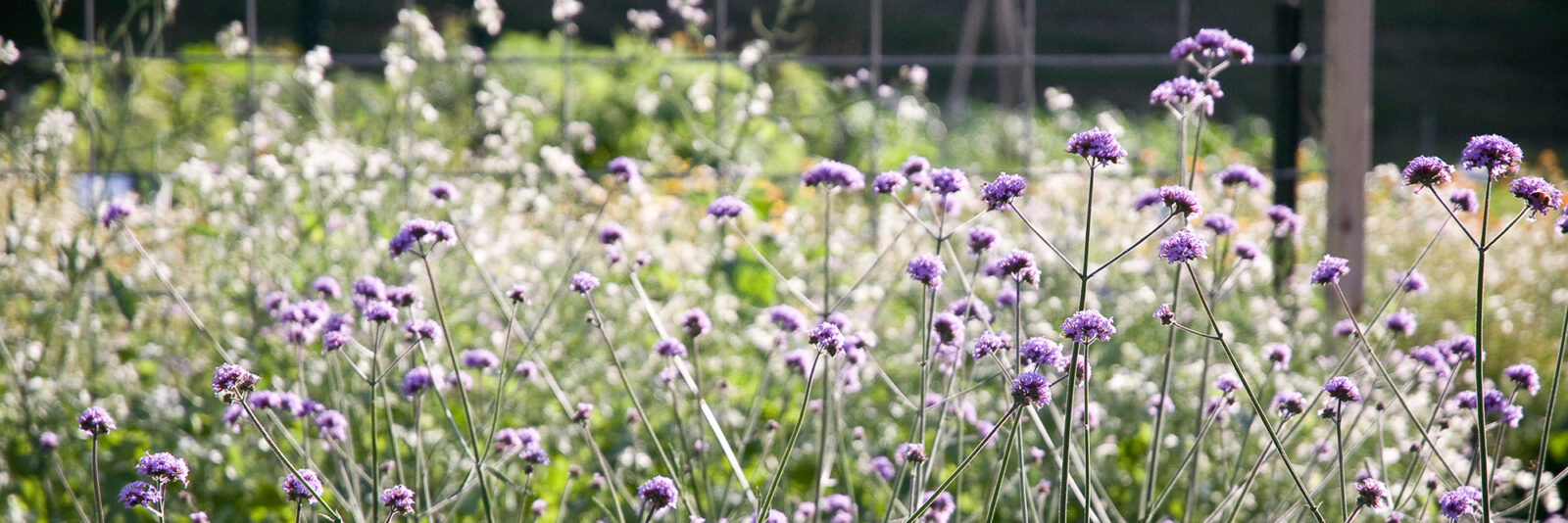
Recipes
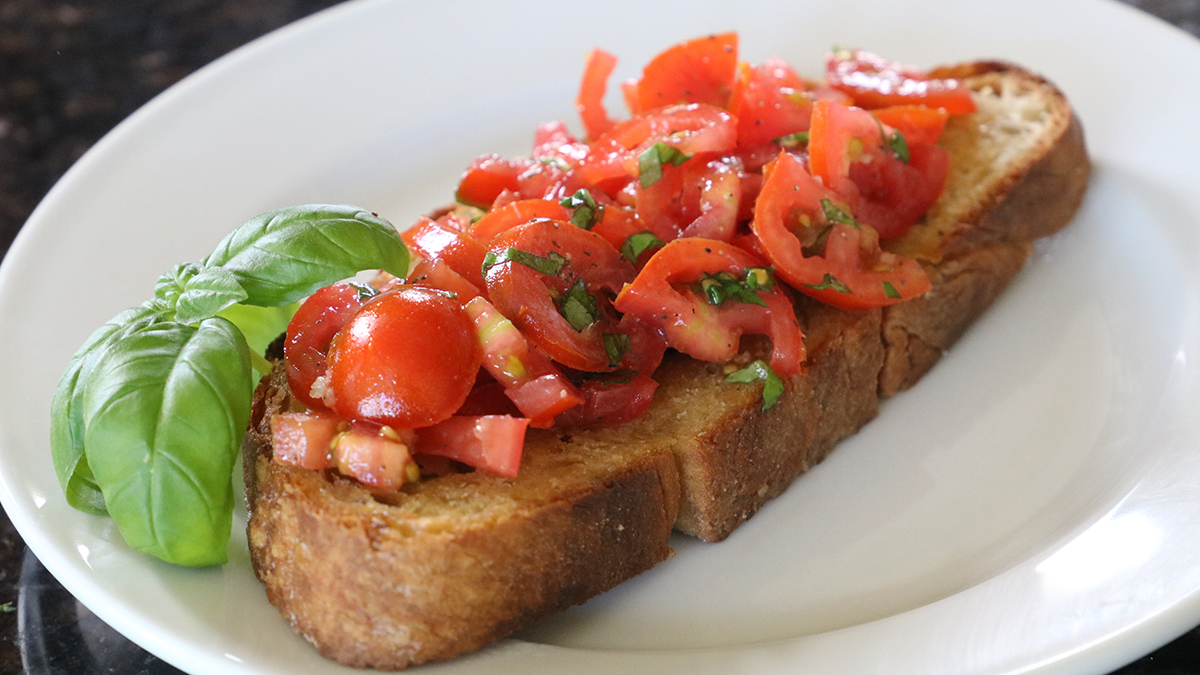
Article Library
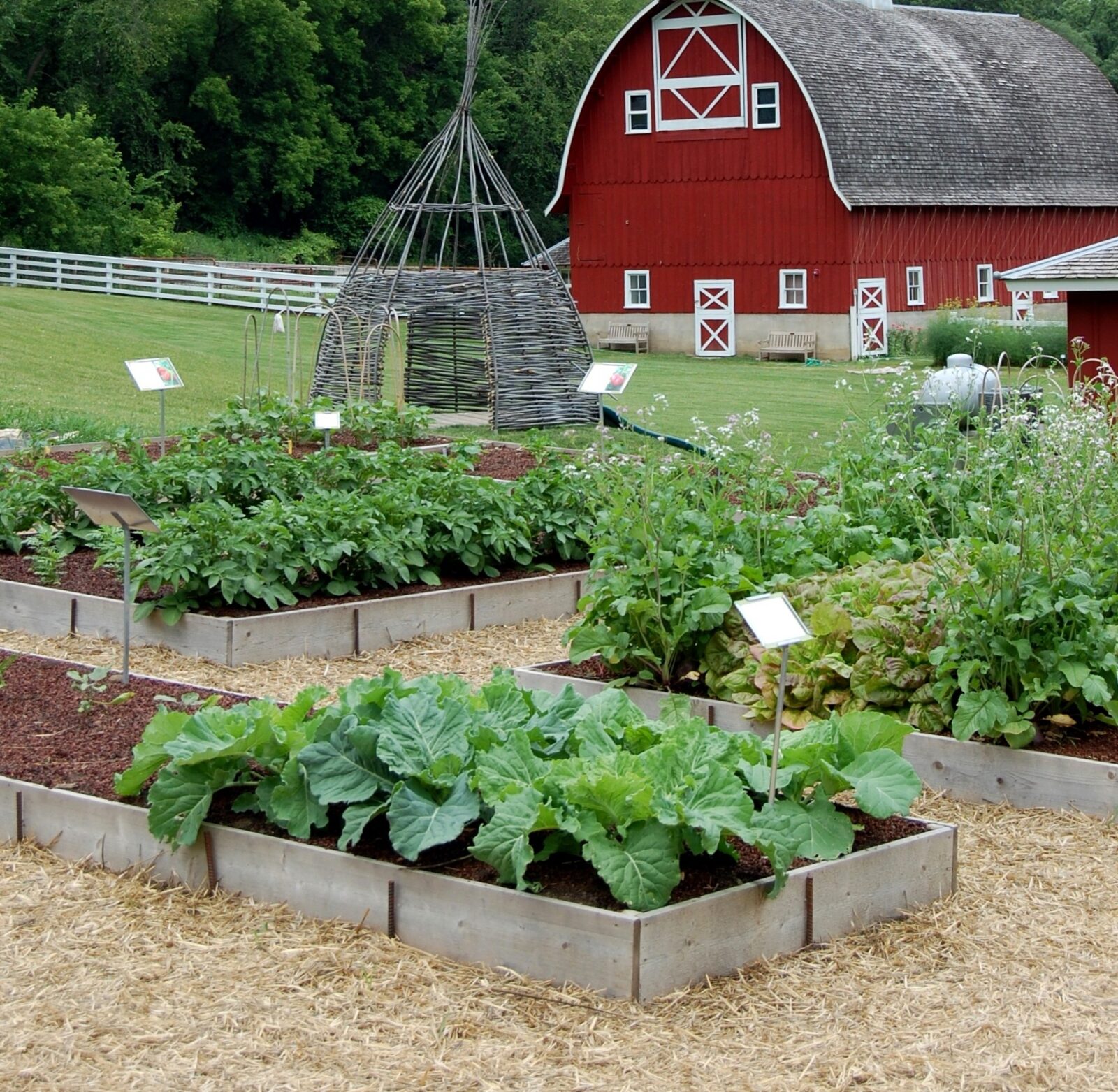
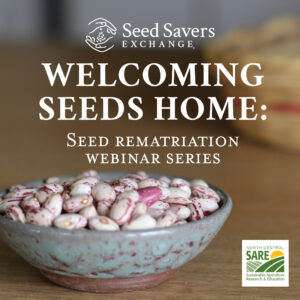
ABOUT THE SERIES: This series highlights seed rematriation efforts funded through a North Central SARE Partnership grant awarded to Seed Savers Exchange. Join us to learn how Indigenous farmers, activists, communities, and nations are welcoming seeds home to grow and share.
Watch the session recordings on SSE’s YouTube channel @SSEHeritageFarm.
Sessions include